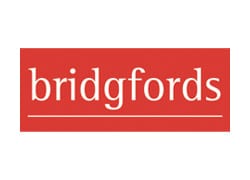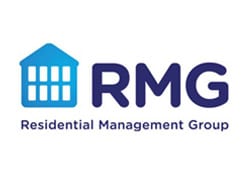A brief summary of our surveys process
When we do our surveys, we will visit your site at a convenient time that suits you. Our PCA certificated surveyors will carry out a detailed inspection of your site and neighbouring areas. Our surveys is based on a visual observation only, with no digging of soil – which could disturb the weeds and plants – to be undertaken. Our surveyors are highly trained to identify Japanese Knotweed throughout the year, as long as no effort to hide the signs of the plant has been made prior to the survey.
You will be provided with an electronic version of the Japanese Knotweed Survey Report, normally within the same day as of our visit. Our survey cost are only £200.00 within the northwest area (we currently do not charge VAT). The cost of this will be refunded if a treatment course with Japanese Knotweed Plus Ltd is subsequently undertaken. Please refer to our T&Cs for more information regarding our surveys.
Do you require a Japanese Knotweed survey?
Call us 7 days a week: 0161 883 0666
Our survey report
We will produce a high-quality print-ready PDF version of the report that will satisfy your solicitor and buyer’s mortgage lender. The report will include general information about our company, our team, and essential pieces of legislation related to Japanese Knotweed.
A detailed map of your site and surrounding area will be displayed, with your property highlighted on the map. If Japanese Knotweed is present on your land or on neighbouring land, this area will also be indicated on the map. The dimensions of the infested area and the shortest distance to the house will be laid out, too.
High-resolution photographs of the affected area, accompanied by detailed descriptions will be in the report. We will also show and comment on any other plants which have been identified as suspicious by our surveyors.
In the final part of the report, the risk of Japanese Knotweed to the property will be estimated using a chart introduced by RICS in 2012. The risk is subdivided into four categories depending on the distance from the affected area to the property boundary or habitable space (house, conservatory, garage). If the affected area falls into categories 3 or 4, further investigation by a qualified contractor is automatically required and a management plan should be established.
If the risk is a category 3 or 4 – the categories are described below – we will offer a tentative management plan in the survey report. A two-year treatment course using specialist herbicides will normally be applied to slowly kill the plant, followed by a two-year monitoring course to ensure that the probability of regrowth in the future will be significantly reduced.
The total cost of the treatment and monitoring course will be indicated at the end of the report. If you decide to go ahead with treatment, a more detailed management plan will be produced. The management plan will be updated throughout the treatment course and forwarded to the client.
The survey report for non-domestic clients will be built using a similar structure.
The risk assessment categories of Japanese Knotweed
Japanese Knotweed was not seen on this property, but it can be seen on a neighbouring property or land where it was more than 7 metres away from the boundary.
Japanese Knotweed was not seen within the boundaries of this property, but it was seen on a neighbouring property or land. Here it was within 7 metres of the boundary, but more than 7 metres away from habitable spaces, conservatory and/or garage of the subject property.
Although Japanese Knotweed is present within the boundaries of the property, it is more than 7 metres from a habitable space, conservatory, and/or garage. If there is damage to outbuildings, associated structures, paths and boundary walls and fences, it is minor.
Further investigations by an appropriately qualified and/or experienced person is required.
Japanese Knotweed is within 7 metres of a habitable space, conservatory and/or garage, either within the boundaries of this property or in a neighbouring property or space;
and/or
Japanese Knotweed is causing serious damage to outbuildings, associated structures, drains, paths, boundary walls or fences, etc,.
Further investigations by an appropriately qualified and/or experienced person is required.
Japanese Knotweed was not seen on this property, but it can be seen on a neighbouring property or land where it was more than 7 metres away from the boundary.
Japanese Knotweed was not seen within the boundaries of this property, but it was seen on a neighbouring property or land. Here it was within 7 metres of the boundary, but more than 7 metres away from habitable spaces, conservatory and/or garage of the subject property.
Although Japanese Knotweed is present within the boundaries of the property, it is more than 7 metres from a habitable space, conservatory, and/or garage. If there is damage to outbuildings, associated structures, paths and boundary walls and fences, it is minor.
Further investigations by an appropriately qualified and/or experienced person is required.
Japanese Knotweed is within 7 metres of a habitable space, conservatory and/or garage, either within the boundaries of this property or in a neighbouring property or space;
and/or
Japanese Knotweed is causing serious damage to outbuildings, associated structures, drains, paths, boundary walls and fences and so on.
Further investigations by an appropriately qualified and/or experienced person is required.
Discover Our Valued Customers



















